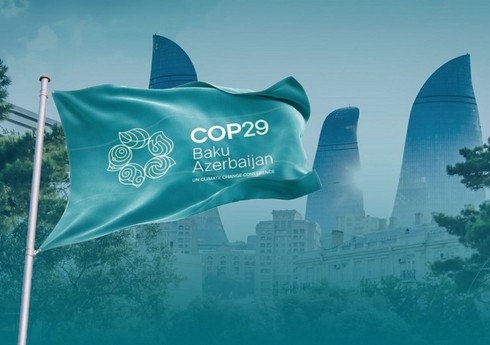Historic COP29 success: Green light for carbon market


At COP29 in Azerbaijan, a historic agreement was reached on full alignment of Article 6 of the Paris Climate Agreement, Report informs.
Nearly 10 years of negotiations on this article had yielded no results, hindering the attraction of additional funds for fighting climate change.
Although there were high hopes for agreeing on Article 6.4 at COP28 in Dubai, it proved impossible. However, at the Baku summit, parties managed to agree on points 6.2, 6.4, and 6.8, giving the green light to carbon market operations under full control of the UN Framework Convention on Climate Change (UNFCCC).
Article 6 generally provides for country cooperation in implementing emission reduction measures. Countries must report to each other on measures taken to reduce and process carbon dioxide emissions, including through forests, and reflect these measures in their Nationally Determined Contributions (NDCs).
Article 6.4 of the Paris Agreement aims to create reliable and transparent carbon markets for countries cooperating in achieving climate goals and introducing carbon credits.
Now countries will interact not bilaterally, but under UNFCCC control and participation, selling carbon credits to each other.
Under this mechanism, an annual carbon dioxide emission quota will be set for each country. Countries emitting less than the established norm can sell unused quotas to those exceeding limits.
For example, if the UN sets Azerbaijan’s annual CO₂ emission quota at 500 tons, and the country, actively using “green energy,” only emits 400 tons, Azerbaijan can sell the remaining 100 tons to other countries.
This mechanism, considering that developed countries more often exceed emission norms, will allow attracting additional funds to developing and poor countries. All operations will be strictly controlled by the UN.
Article 6.8 provides for a non-market approach focused on cooperation in implementing NDCs in areas such as emission reduction, adaptation, financing, technology transfer, and other issues.
This includes support for increasing forest areas, implementing new technologies, and other initiatives.
Overall, the alignment of Article 6 will allow countries not only to determine their NDCs but also globally regulate emission reduction measures, ensuring more effective fighting against the climate crisis.

